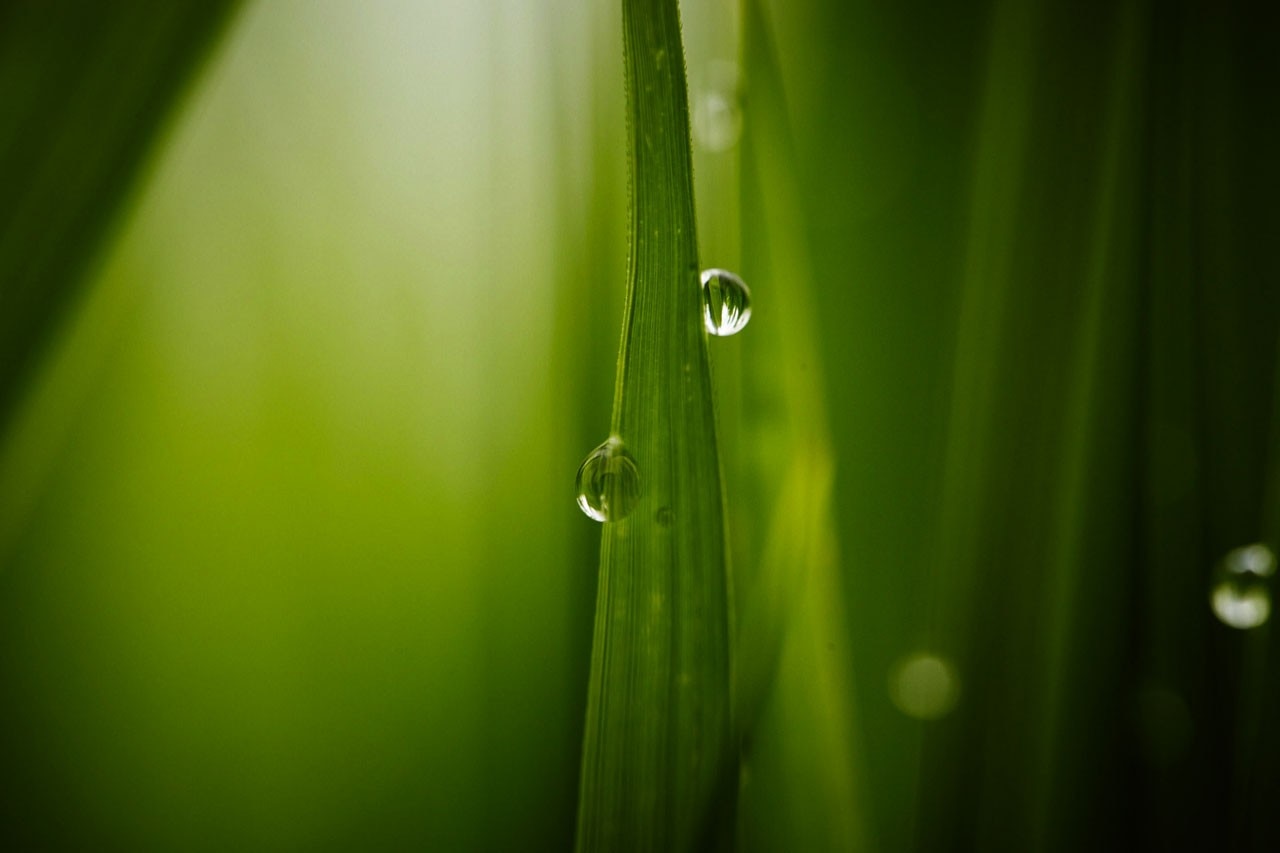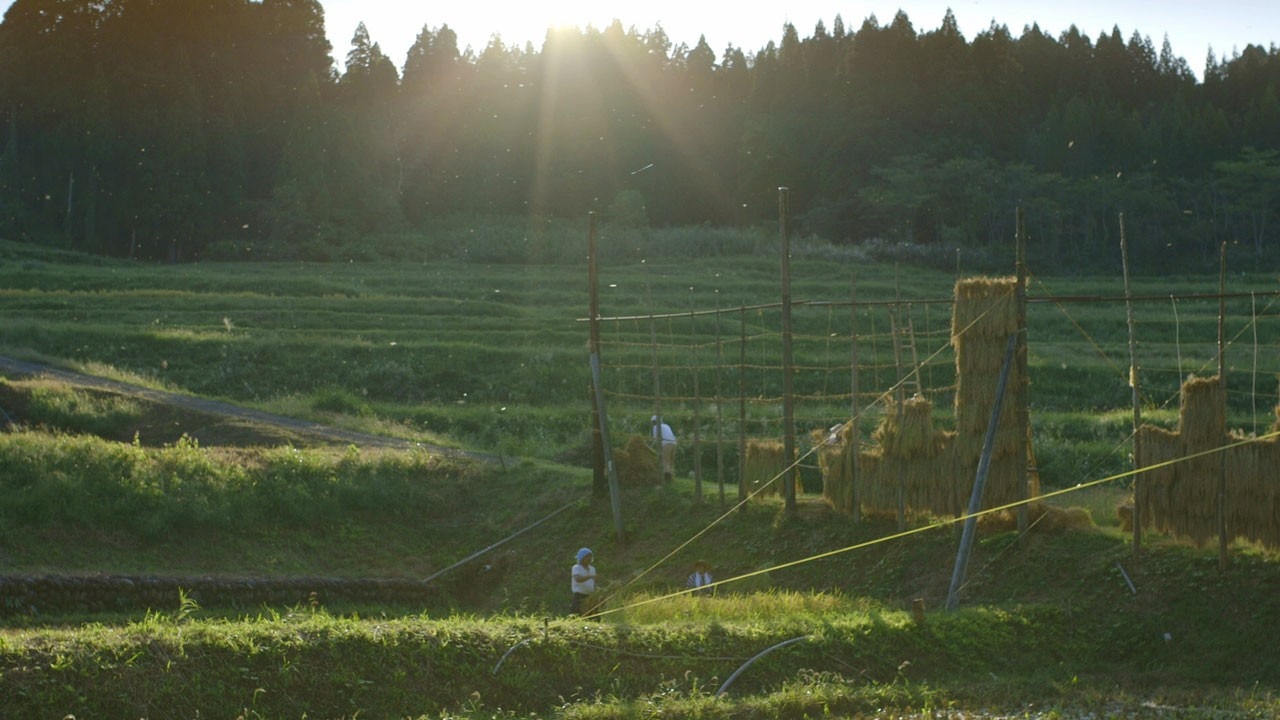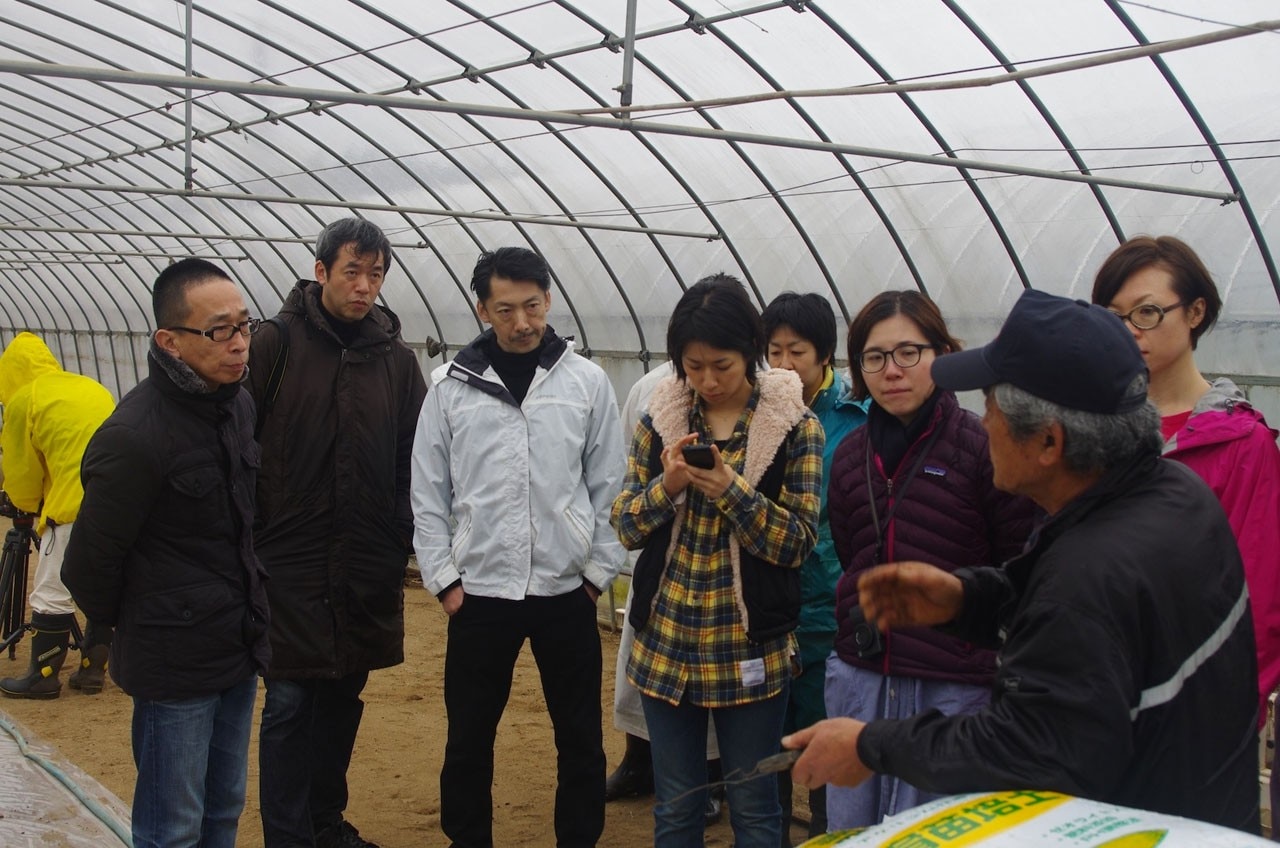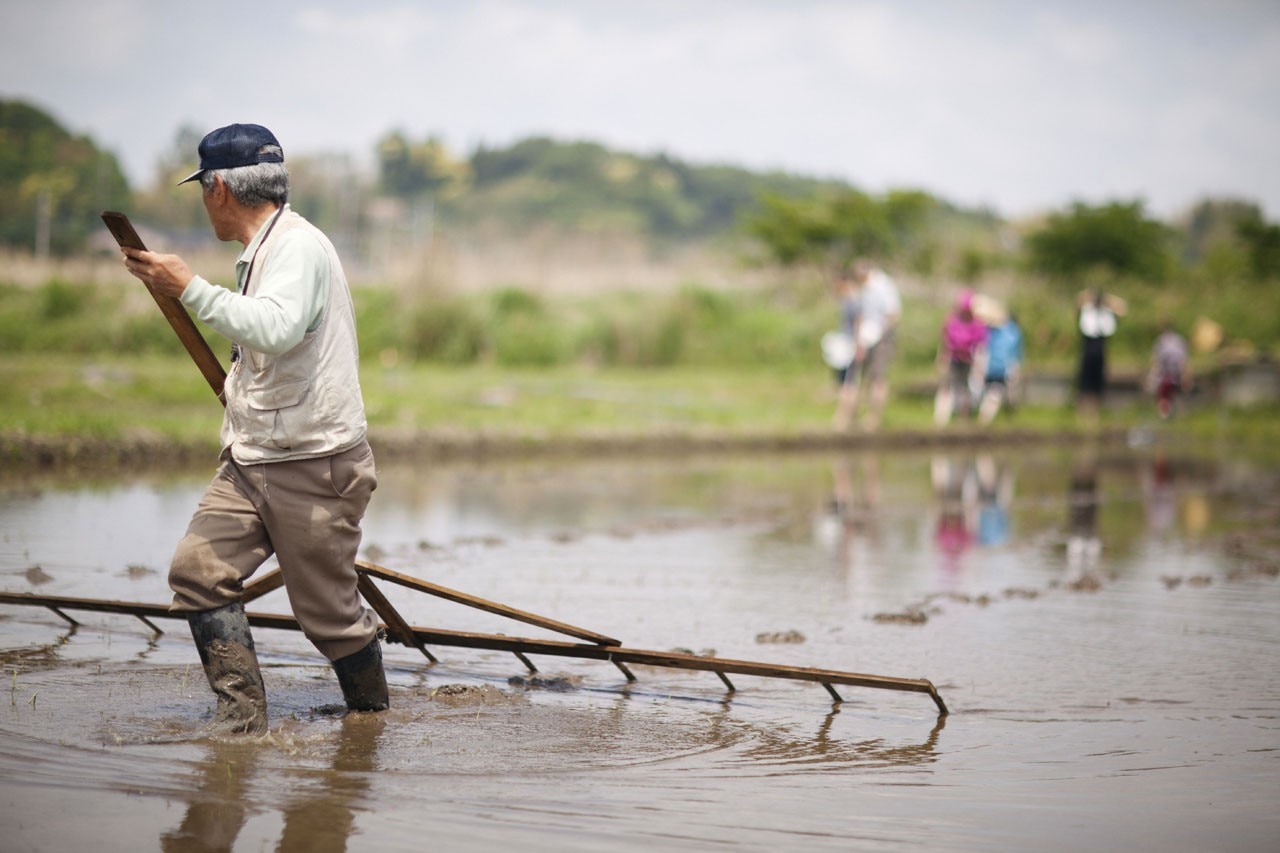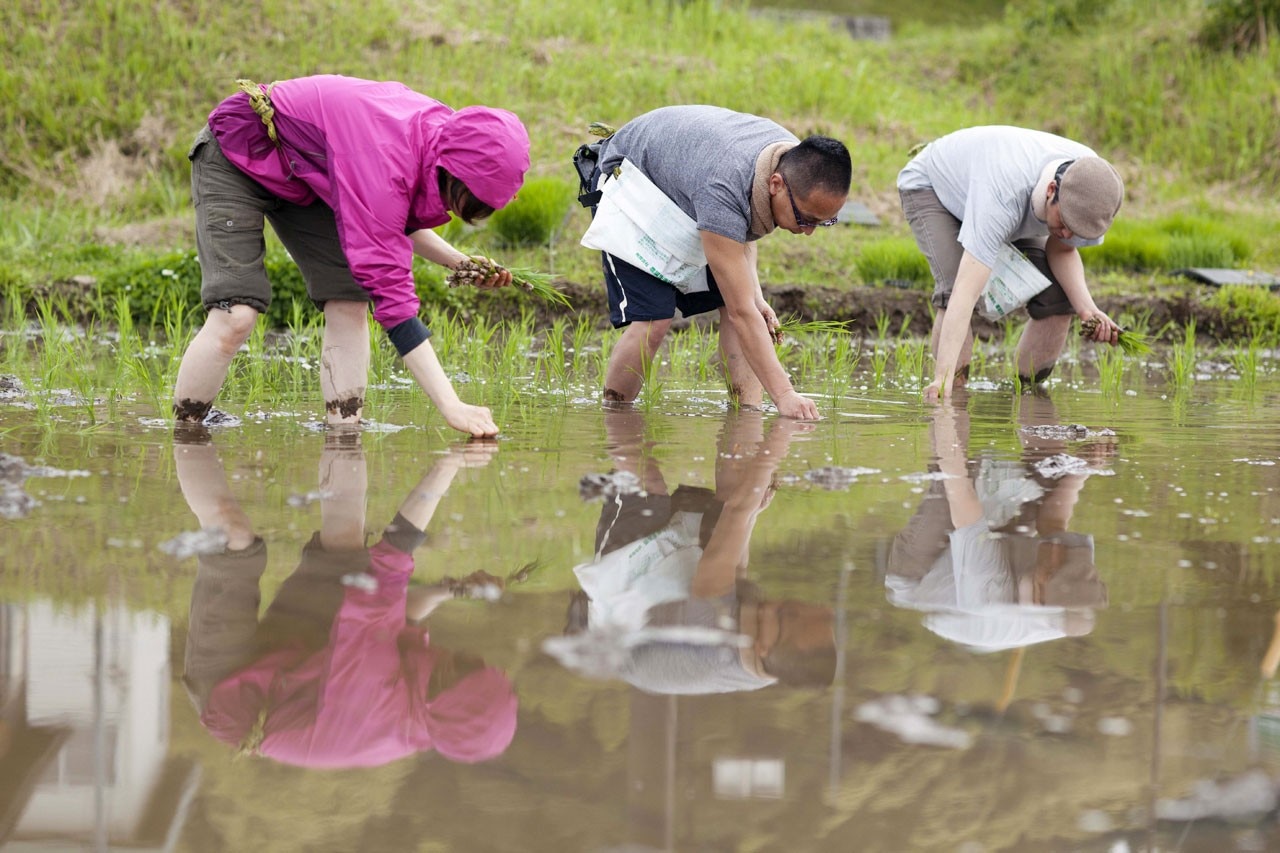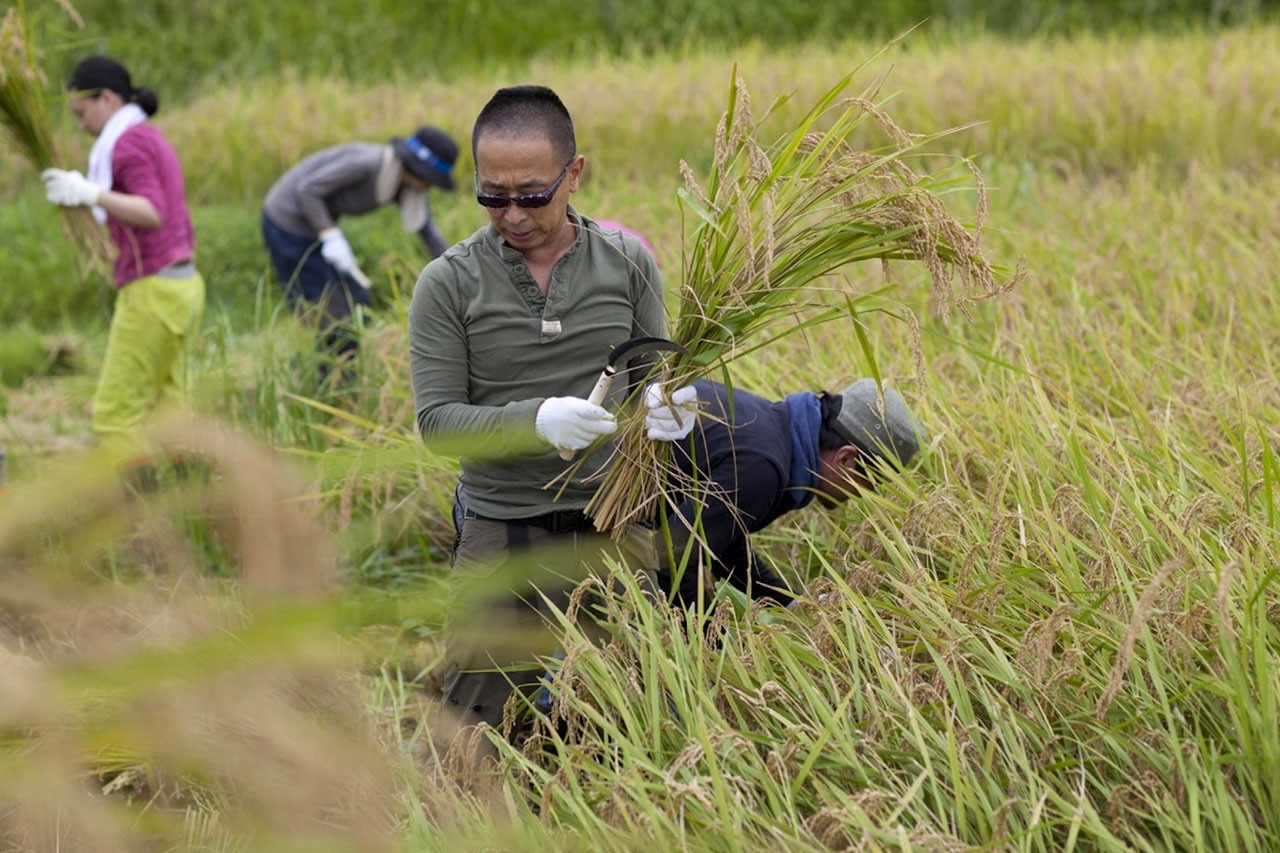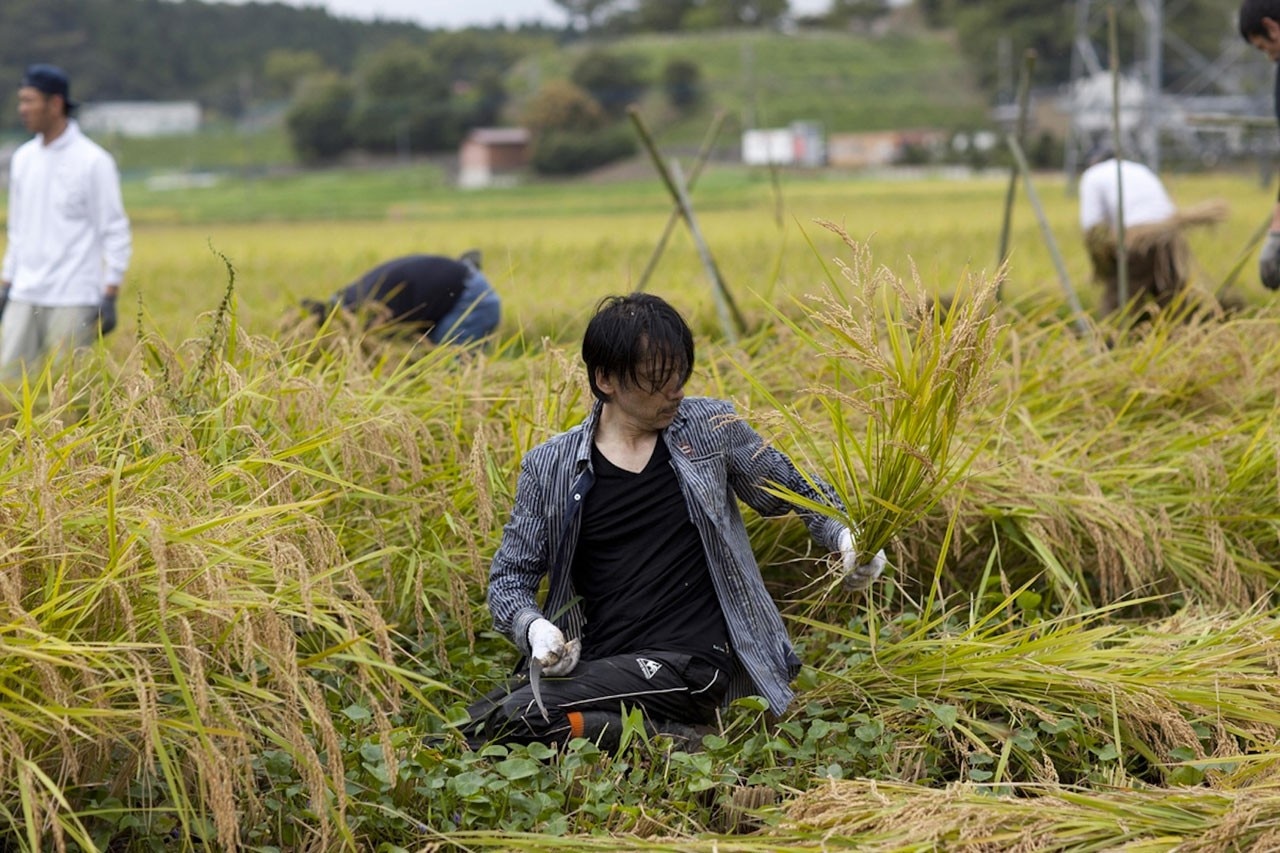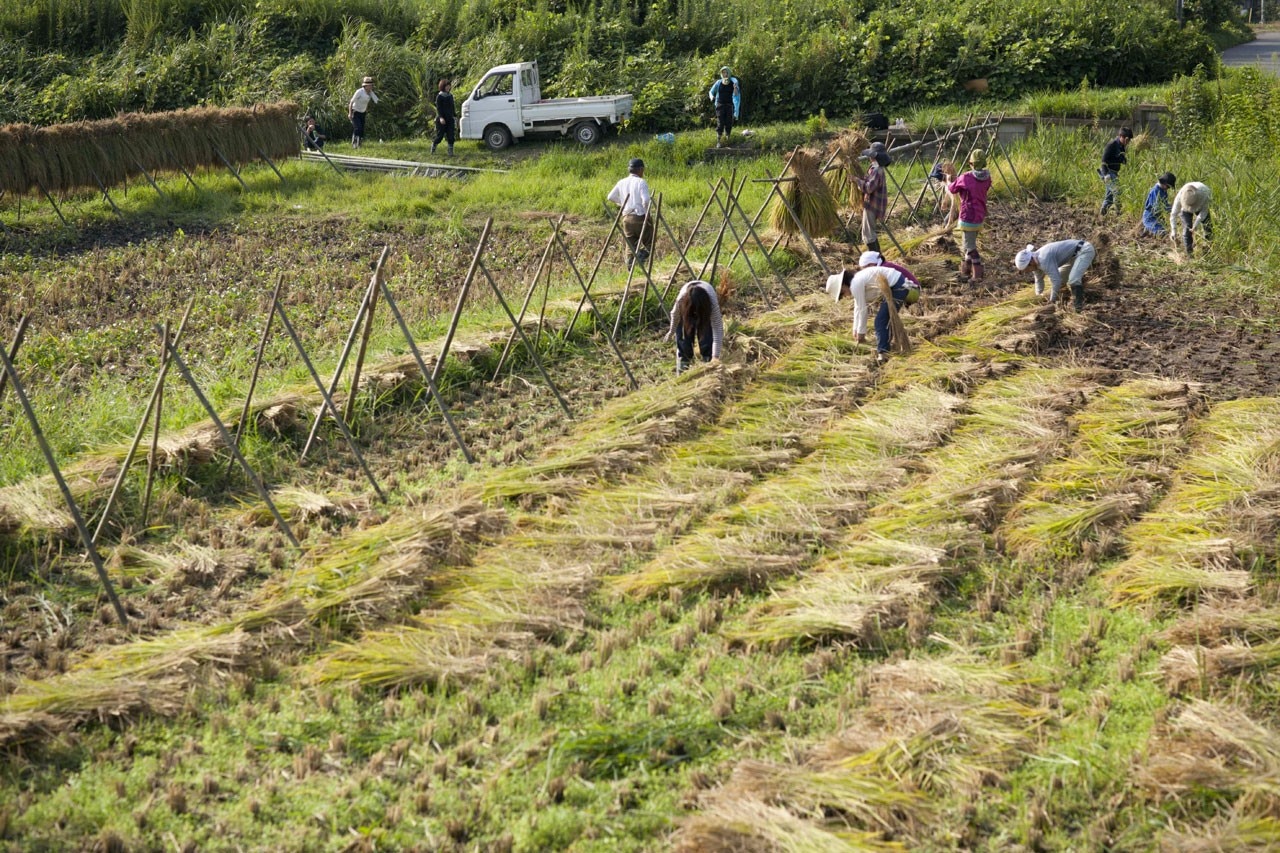.jpg.foto.rmedium.jpg)
.jpg.foto.rmedium.jpg)
.jpg.foto.rmedium.jpg)
.jpg.foto.rmedium.jpg)
.jpg.foto.rmedium.jpg)
.jpg.foto.rmedium.jpg)
At the end of the exhibition Taku Satoh shows the elaborate graphic design existing in the bottle labels of traditional Japanese rice wine sake, reinserting their relevance into the contemporary design scene. Lastly, the visitor is invited to stand in the centre of an enlarged character of kome to become part of it or to experience writing a message onto a single grain of rice.
Today, relatively a small number of farmers are still growing rice, most of them being older than 60 years and having scattered rice paddies smaller than one hectare. Japanese methods of cultivating rice may defy the current economical common sense of effectiveness and convenience, yet the exhibition puts above all the values and traditions that have shaped Japanese cultural identity. As the exhibition’s directors remarked, to understand Japan it is necessary to understand the art of rice.
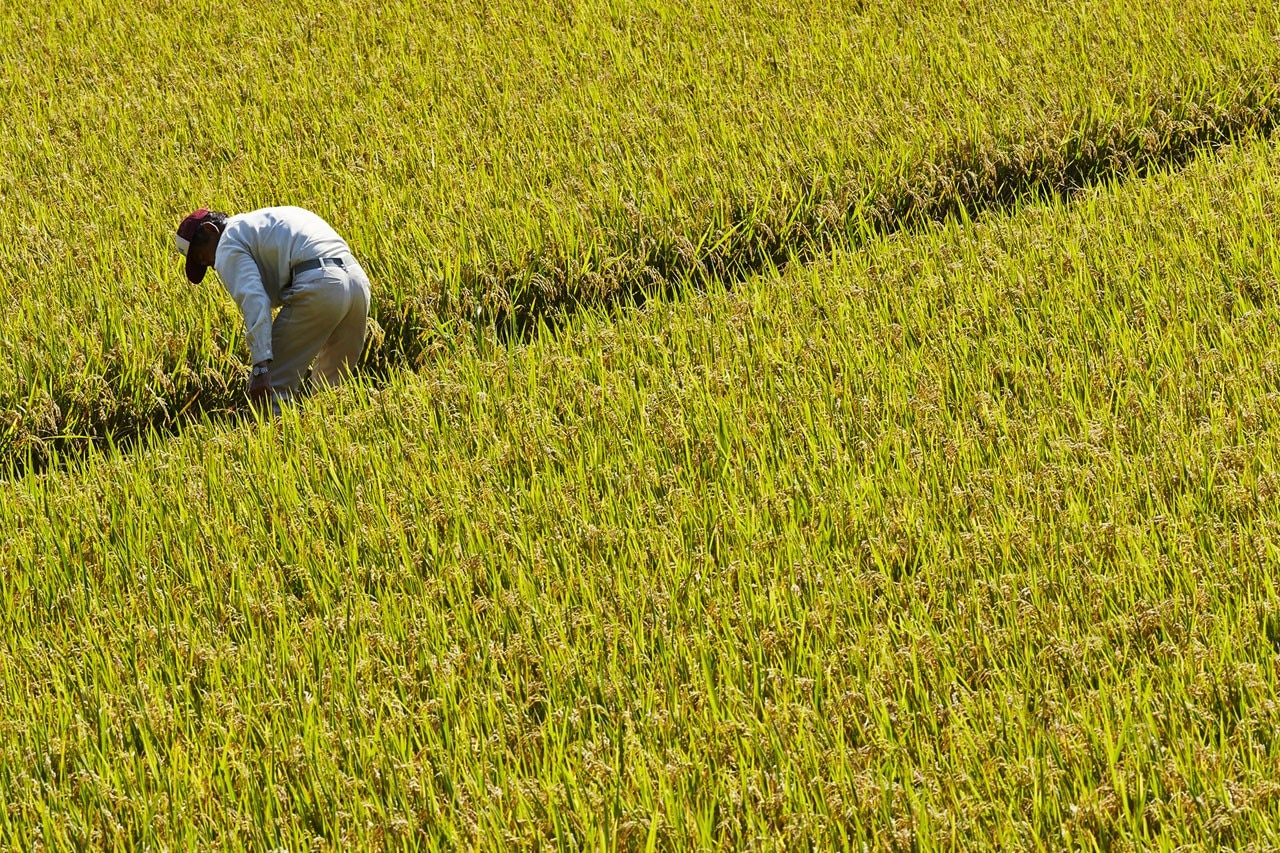
The authors would like to thank Exhibition Directors Taku Satoh and Shinichi Takemura for their generous time and comments, and the kind support of Italian Press Office for Issey Miyake Giorgiana Ravizza, Public Relations of 21_21 Design Sight Shotaro Okada and Miryon Ko, and Mayumi Akiyoshi for her translating assistance
Until 15 June 2014
Kome: The Art of Rice
21_21 Design Sight
9-7-6 Akasaka, Minato-ku, Tokyo


.jpg.foto.rmedium.jpg)

